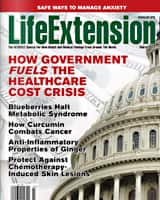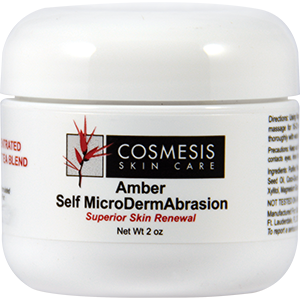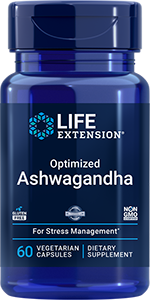| Blood vessels are composed of three layers. The outer layer is mostly connective tissue and provides structure to the layers beneath. The middle layer is smooth muscle; it contracts and dilates to control blood flow and maintain blood pressure. The inner lining consists of a thin layer of endothelial cells (the endothelium), which provides a smooth, protective surface. Endothelial cells prevent toxic, blood-borne substances from penetrating the smooth muscle of the blood vessel. Numerous factors that directly contribute to endothelial dysfunction have been identified and aging individuals can easily assess their risk for vascular disease through blood testing. The results of these blood tests can then be used to develop targeted intervention strategies to modify levels of risk factors that do not fall within an optimal range. Atherogenic factors that all aging individuals must be aware of include: - Elevated LDL cholesterol
- Low HDL cholesterol
- Elevated triglycerides
- Oxidized LDL
- Hypertension
- Elevated C-reactive protein
- Elevated Lp-PLA2
- Elevated omega-6:omega-3 ratio
- Elevated glucose
- Excess insulin
- Elevated homocysteine
- Elevated fibrinogen
- Insufficient vitamin D
- Insufficient vitamin K
- Low testosterone and excess estrogen (in men)
- Insufficient CoQ10
- Nitric oxide deficit
Atherosclerosis is a serious threat to the health of a staggering number of individuals across the globe. Its progression has been linked to increased risk of heart attack, stroke, atrial fibrillation and dementia, among other potentially fatal conditions. Since it may begin as early as childhood and aging has been identified as the greatest risk factor for its development, it is vital to combat this disease as early—and as aggressively—as possible. Unfortunately, if aging individuals leave the health of their arteries in the hands of mainstream medicine, they cannot expect conventional approaches to address all the risk factors that lead to atherosclerosis and cardiovascular disease. | Interactive Life Extension Magazine® March, 2011 issue now online! 
No real healthcare cost crisis
Here we detail how inefficient and fraudulent government edicts have led to today’s disease-care crisis — and how this catastrophe can be averted with commonsense changes to the law. Blueberry extracts halt metabolic syndrome
Today, 24% of Americans endure the deadly metabolic syndrome — the co-occurrence of insulin resistance, hypertension, obesity, and abnormal blood lipid profiles. Find out how blueberry extracts may effectively target these factors and halt this lethal pandemic. Safely manage your anxiety
In this exclusive excerpt from his latest book, The Chemistry of Calm, psychiatrist Henry Emmons outlines proven natural strategies to safely manage anxiety. How curcumin protects against cancer
As mainstream oncology misguidedly focuses on toxic, single-agent treatments, a wealth of compelling data puts curcumin at the forefront of multimodal cancer prevention. Practical methods to reduce calorie intake
Thousands of scientific studies over the past 75 years have shown that low-calorie diets with optimal nutrition protect against disease and extend life span. Discover efficient methods of following a reduced calorie diet. Natural skin solutions for cancer treatment side effects
Radiation, chemotherapy, and surgery often lead to painful and unsightly dermatological effects, from rashes and dryness to acne and extreme dryness. Here we describe nutrients that can resolve these problems topically. |















